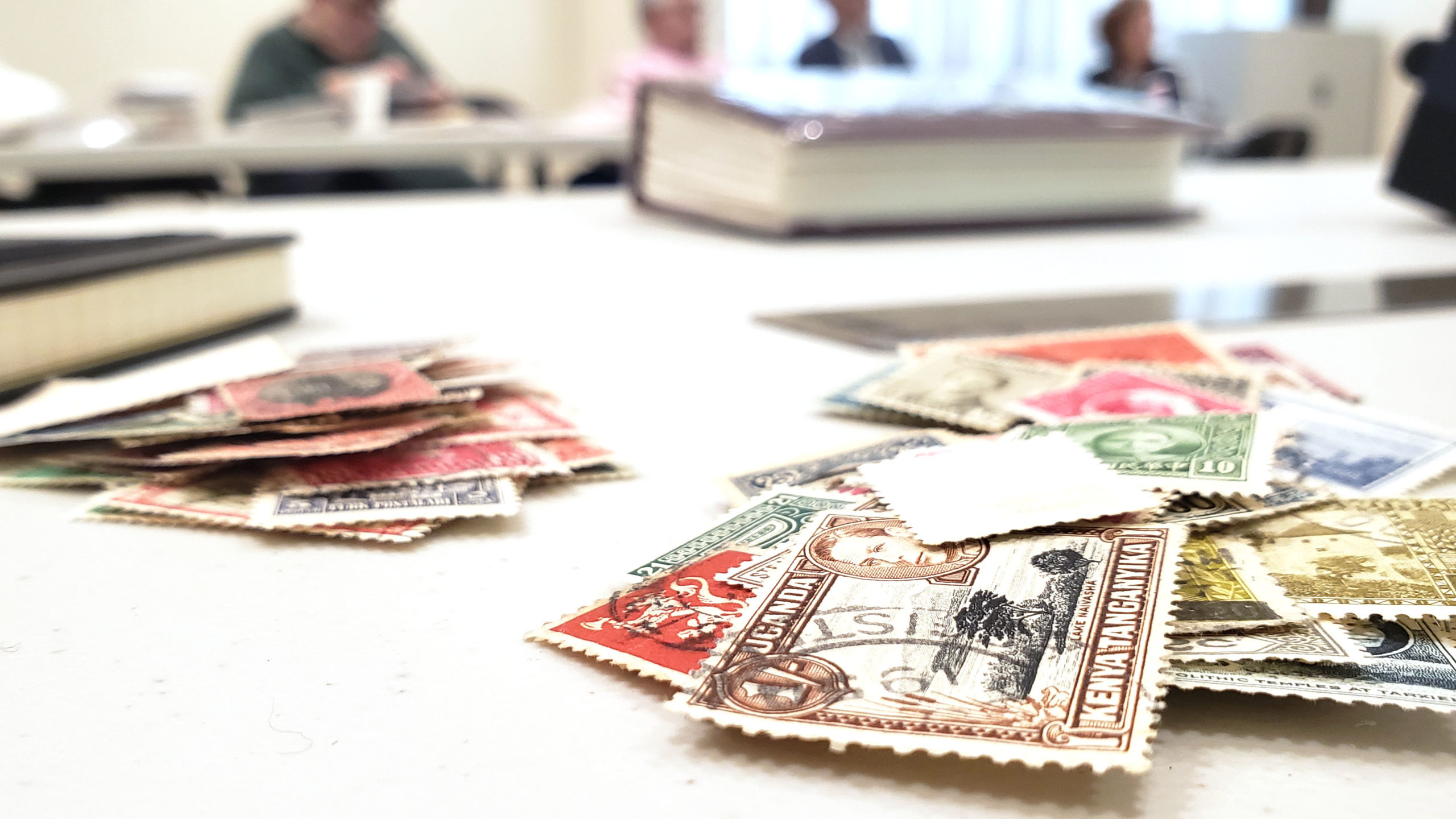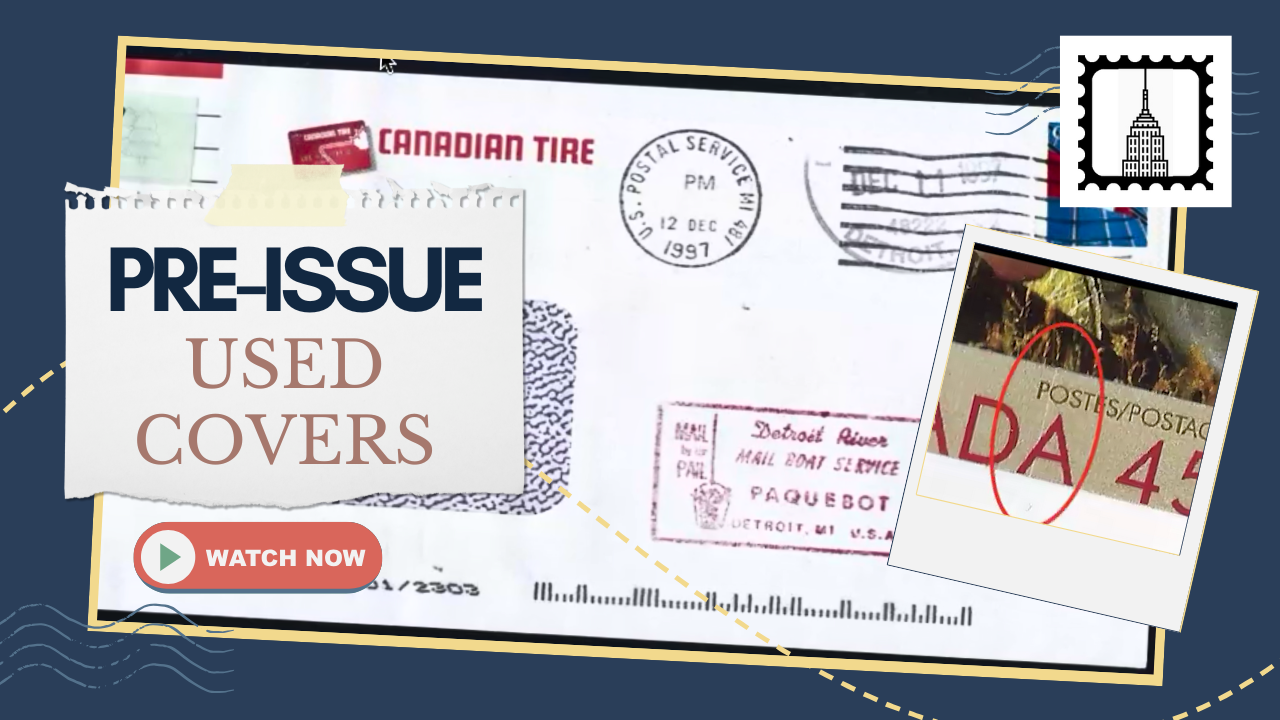Presentation by Edward Grabowski
The Paris Commune of 1871 was a turbulent period in French history, marked by political unrest and a brief revolutionary government in Paris. Among the many challenges faced by the Communards was the maintenance of a functional postal system amidst siege and civil conflict. One remarkable artifact from this period—a rare Paris Commune cover—offers a window into this fascinating chapter of postal history.
The Context: The Franco-Prussian War and the Paris Commune
Following France’s defeat in the Franco-Prussian War, political instability gripped the nation. On September 4, 1870, the Third Republic was proclaimed, ending the reign of Napoleon III. However, by March 1871, workers in Paris, known as the Communards, revolted against the republican government, forcing it to relocate to Versailles.
The Paris Commune, a socialist-led government, controlled the city for two months. Despite the upheaval, efforts were made to maintain postal services. The main post office at Place de la Bourse became central to these efforts, even as resources were scarce and traditional tools, such as canceling devices, had been removed to Versailles.
The Discovery of the Paris Commune Cover
This historic cover was discovered in the 1970s at a small New Jersey stamp bourse. Initially overlooked, it was later identified as an artifact from the Paris Commune period. The envelope, sent from a Parisian insurance company to Belgium, bears unique markings that make it a rare and valuable item in philatelic circles:
- Handwritten Cancellation: The stamps were pen-canceled with the word “Annulé” (French for “canceled”), reflecting the lack of standard postal equipment during the Commune.
- “PD” Marking: A boxed “PD” (Paid to Destination) hand stamp tied the stamps to the envelope.
- Manuscript Notations: Additional markings confirmed the payment of postage to its destination.
- Arrival Mark: The only dated marking on the cover is a Brussels hand stamp from April 5, 1871.
These details indicate the cover was processed by the Communards’ improvised postal system and successfully transported through government lines to reach its recipient.
Historical and Philatelic Significance
The Paris Commune cover represents an extraordinary piece of postal history for several reasons:
- Early Commune Period Usage: The April 5, 1871, date places this cover among the earliest surviving examples of mail processed during the Commune.
- Improvised Postal System: The use of handwritten cancellations and the retention of French Empire stamps highlight the resourcefulness of the Communards under challenging conditions.
- Scarcity: Few covers from this period exist, making each example a rare and valuable artifact.
The Journey of the Cover
After its discovery, the cover underwent extensive research, revealing its connection to the Paris Commune. It was eventually featured in the France and Colonies Philatelist and presented at philatelic meetings. Over the years, the cover changed hands among collectors, further underscoring its importance in the philatelic community.
In 2015, another cover with similar features was identified, likely processed at the same Place de la Bourse post office. Together, these covers provide a rare glimpse into the operation of the Paris Commune’s postal system.
Insights for Collectors
The Paris Commune cover offers valuable lessons for philatelists and historians:
- Pay Attention to Unusual Markings: Features like pen cancellations and manuscript notations can signal historical significance.
- Understand Historical Context: Knowledge of the period enhances the ability to recognize rare items.
- Collaborate and Share Knowledge: Engaging with experts and sharing discoveries can uncover additional details.
Conclusion
The Paris Commune cover is a remarkable artifact that combines historical significance with philatelic intrigue. It serves as a testament to the resilience and ingenuity of postal systems during times of crisis. For collectors, it highlights the potential for extraordinary discoveries in even the most unassuming corners of philately.
Whether you are a seasoned philatelist or a history enthusiast, the Paris Commune cover offers a compelling story of perseverance, creativity, and the enduring value of postal history.






